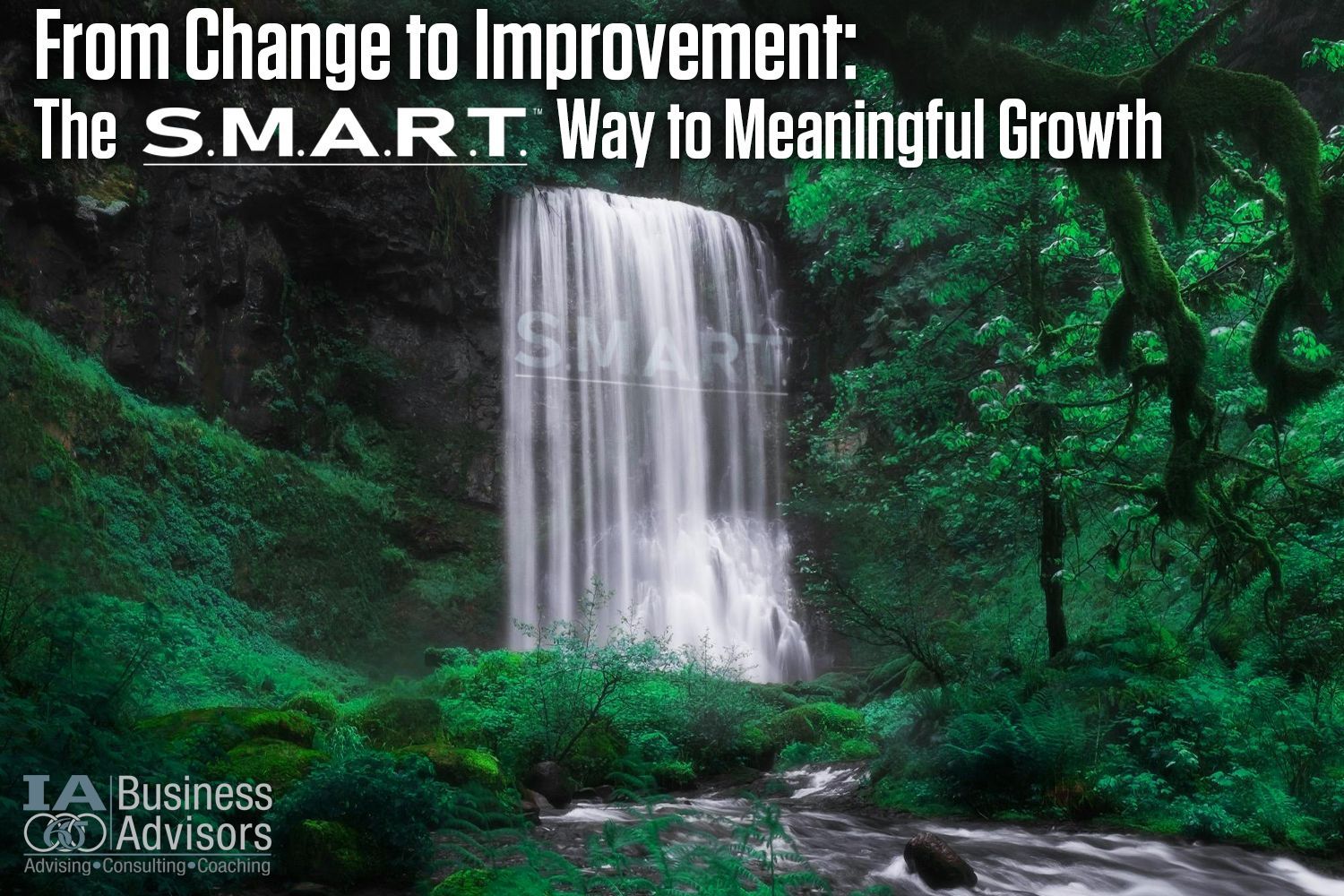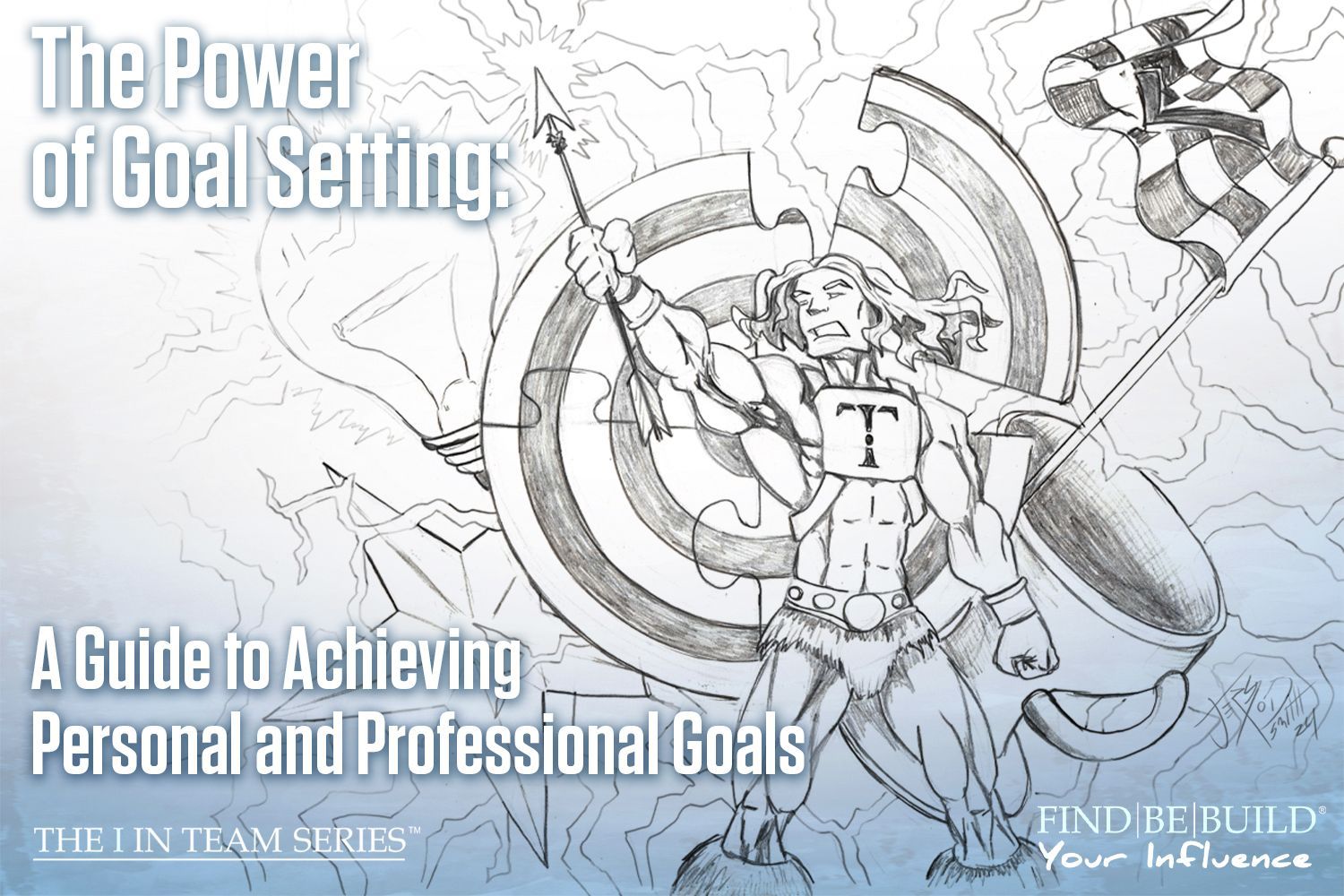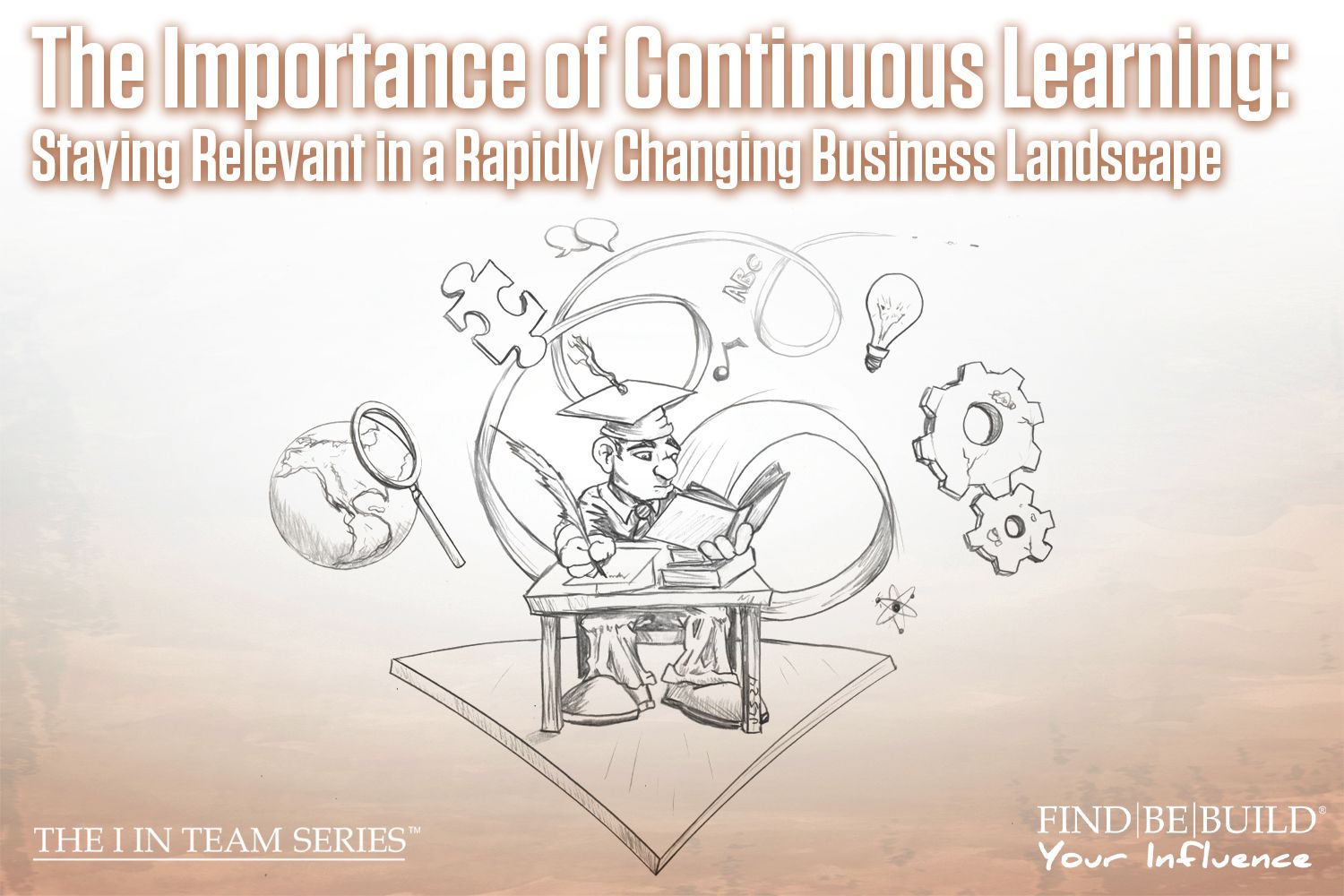Progressive discipline in the workplace

I am always amazed at the many different ways in which management is carried out within small and medium sized organizations. It’s not the fact that most of these companies do not rely on Policy & Procedure to develop a solid foundation for their organization, it’s the amount of emotion that managers bring into the management process.
Emotions in business almost immediately take away from the issue causing the emotion, especially in a disciplinary issue. The emotions range from anger and sadness to confusion and dismay; if there ever was a time to not show emotion, it is during the discipline of an employee in the workplace. In fact, discipline should be checked at the door for all business issues, so how can we learn about Policy & Procedures using discipline as the tool?
We teach that counter-productive behavior and using emotion, or having reluctance or an inability to effectively and consistently deal with such behavior, is a serious problem for managers and owners. By not having an effective way to discipline employees, there is a good chance the organization has low morale and or reduced productivity within the ranks of the employees, which has a direct effect on the bottom line.
To effectively manage employees, managers and owners need policy and procedures, including one for discipline. Having such structure, gives the management team the tools needed to manage without emotion and gives the employees the “rules” by which they will always be judged and managed.
There are other reasons why owners and managers have such a hard time managing employees and why a policy or procedure should be implemented:
- Lack of discipline training
- Fear of consequences from employees
- Other managers or owners don’t manage
- Not enough time
- Feelings of guilt
- Loss of friendship
- Dislike of conflict
- Always wants to be the “nice guy”
Each of these reasons can effectively be set aside with a clear policy, so how do we develop one for discipline using an effective policy and procedure development method?
When developing a policy and procedure for dealing with employee discipline, it’s important to identify the counterproductive behavior most commonly seen in the workplace. Two of the most common are Absenteeism and Poor Work Quality, to which all companies should have standardized parameters established for employees to understand. Other counterproductive behaviors include;
- Accidents
- Inventory shrinkage
- Office/Equipment damages
- Gossip/Drama
- Rudeness with customers, vendors and peers
- Bringing family/outside issues into the workplace
There are many more issues that can contribute to counterproductive behavior, so many that it is impossible to prepare for each one specifically. However, by having a discipline policy in place, companies can effectively and positively establish control and manage in a consistent and positive manner.
The word discipline by itself has a negative connotation, which is why I feel any policy associated with discipline should include something positive; I like to call my discipline policy, Progressive Discipline.
Discipline can also be defined as, “A constructive, positive force that enables people to work together clearly and objectively.” When employees first hear the word Progressive Discipline they always inevitably ask, “How can discipline be progressive or positive?”
Discipline is something that should correct counterproductive behavior and restore that employee to a state within the company that is productive, while deterring that employee from continuing with similar behavior.
When analyzing any disciplinary problem, we almost always find that no two situations are quite the same. Generally, such situations create stress and or uncertainty in how to proceed. However, having a Progressive Discipline procedure in place, gives comfort to management and staff during disciplinary issues. However in the real world, life and people tend to make even the simplest more complex and situational variables are infinite. Therefore, owners and managers must still be careful to investigate and consider all the facts before applying the discipline matrix developed for their company, to help do that the following key items should be considered;
- Seriousness of the issue
- Time span of the issue
- Frequency of the issue; is it being repeated.
- Past incidences
- Work history of all parties
- Extenuating circumstances
- Are the policies and procedures governing the issue clearly defined
During the development stage of any disciplinary policy or procedure, it is very important owners and managers remember to keep them reasonable. It’s also important that the company makes sure all managers and employees understand the policy; that they pertain to the workplace and don’t restrict the lives of the managers and employees except for matters that might be serious enough to adversely affect the business or reputation of the business. Also, all policy and procedures must be consistently enforced.
Obviously, we have only given you a foundation to build on for implementing policy and procedures within your organizations. By sticking to the basics and using discipline as a guideline, you can develop clear and concise tools for management and employees to use in the workplace every day. There is a lot that goes into the development of any policy or procedure, but keeping in mind that all things in business should be positive, structured, consistent, clear, and concise will help to establish the foundation needed to develop, regain or maintain operational control of the workplace.











